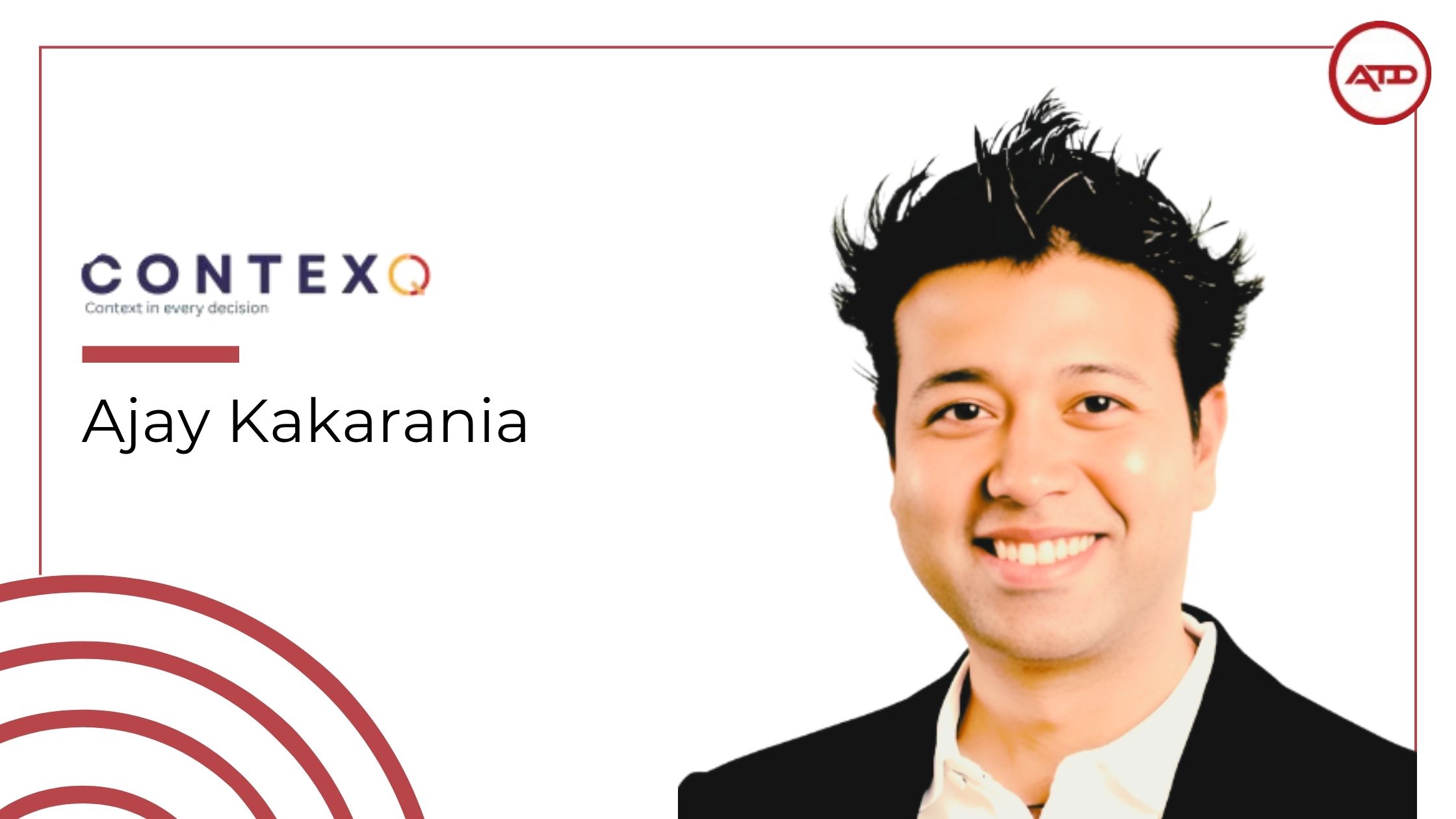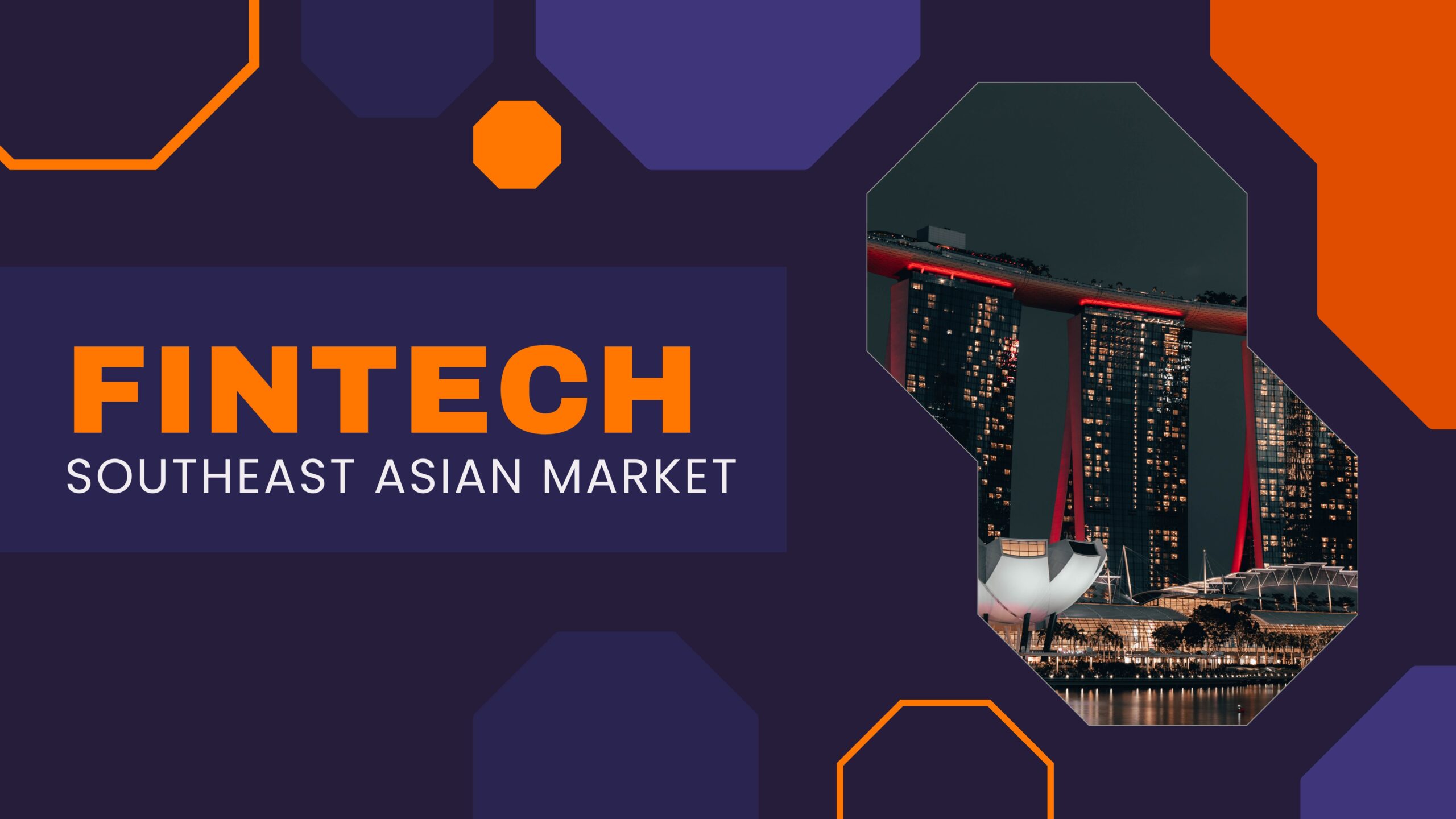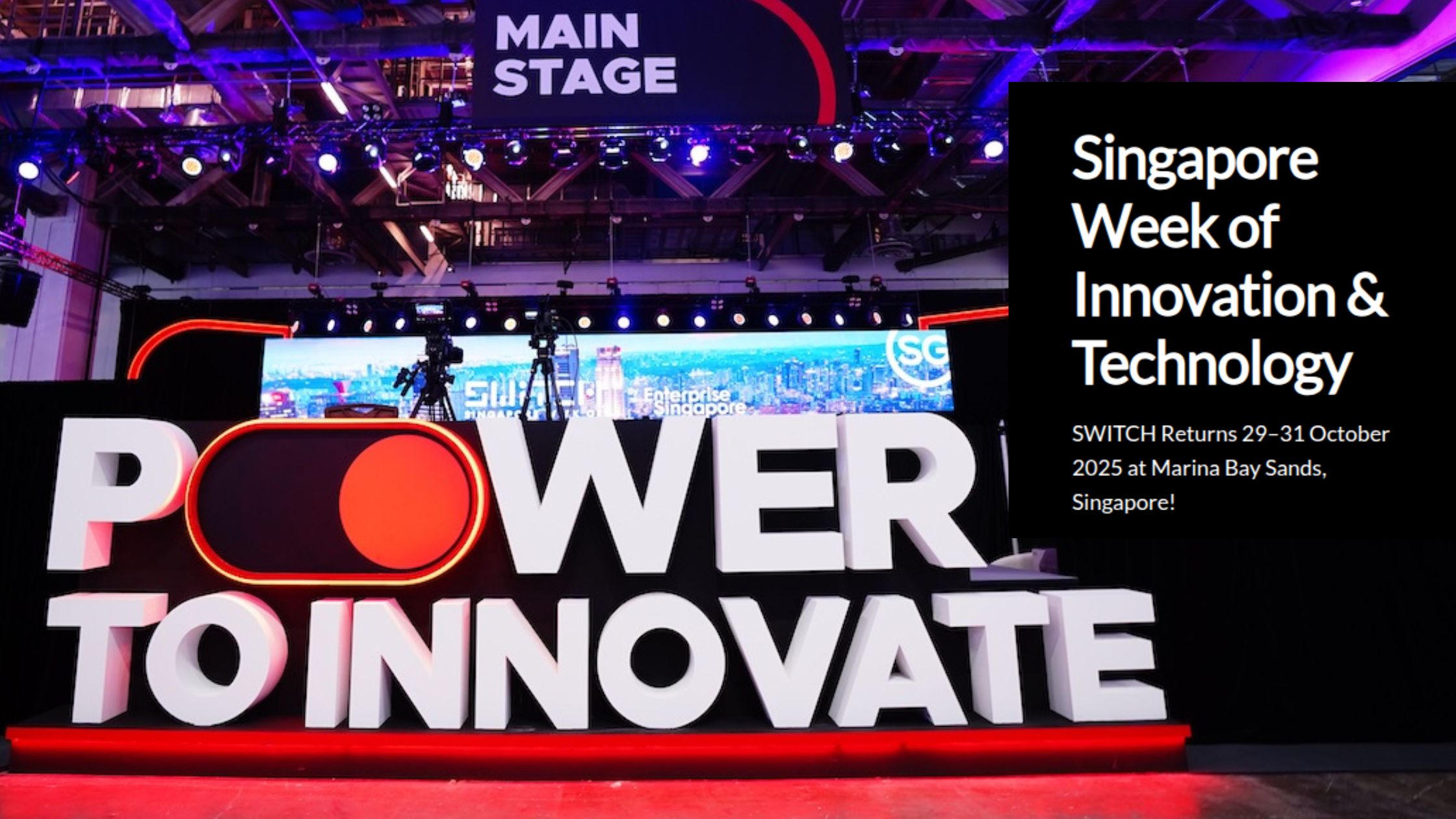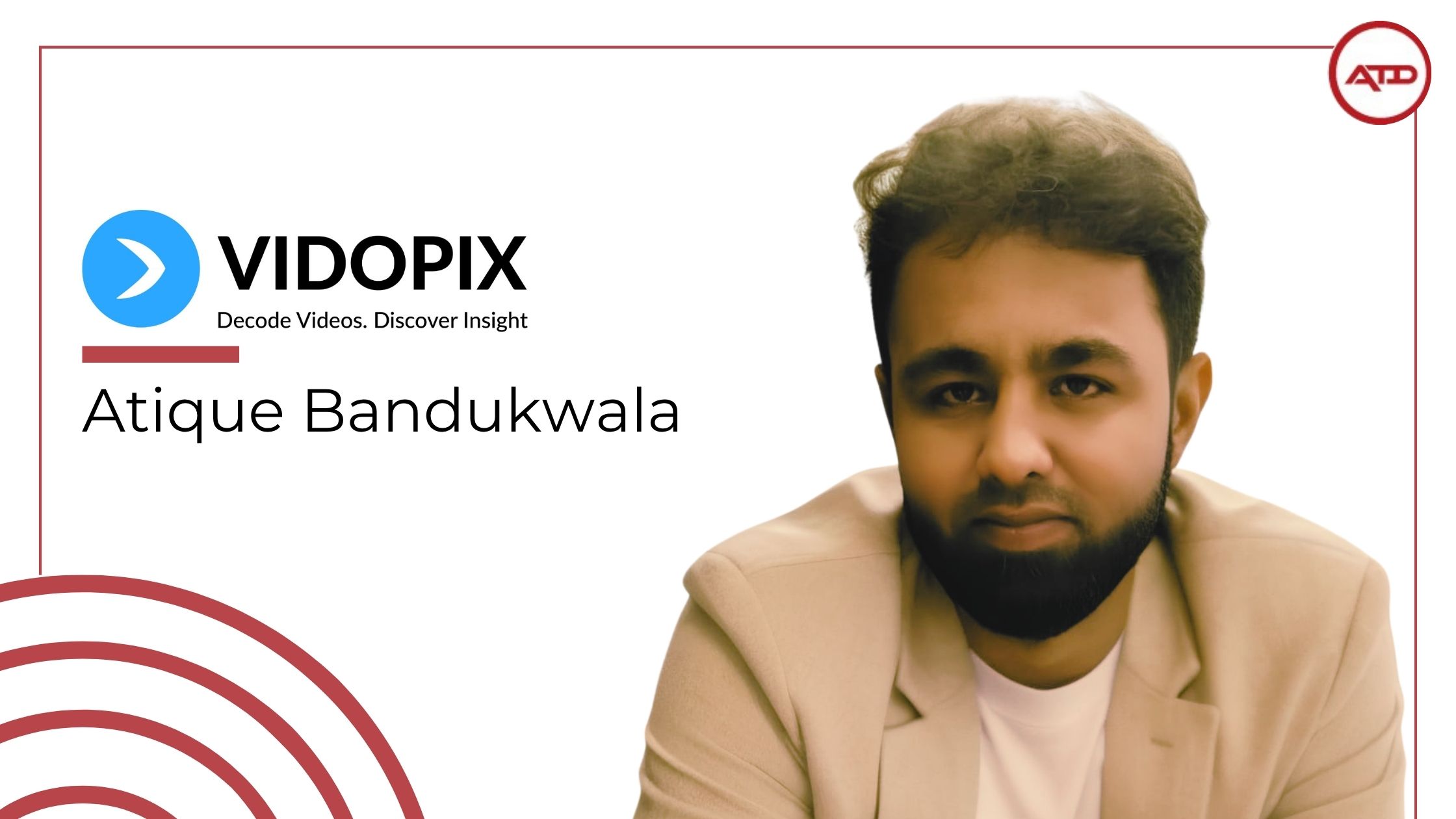AsiaTechDaily – Asia's Leading Tech and Startup Media Platform

Seeing Around Corners: How ContexQ Is Building the Contextual Intelligence Layer for Global Enterprises
Founder Ajay Kakarania shares how ContexQ’s AI-powered platform transforms enterprise decision-making — from reactive risk management to predictive foresight.
In today’s volatile business environment, enterprises are flooded with data but still struggle to find meaningful context. Despite heavy investments in analytics tools, most organizations continue to operate in silos, reacting to crises instead of anticipating them. As global supply chains become more fragile and ESG, compliance, and geopolitical risks increasingly overlap, the demand for context-aware intelligence has never been greater.
The global risk management market, valued at over US$15 billion in 2024, is projected to triple by 2033, with Asia-Pacific driving much of this growth. Yet few platforms are capable of turning fragmented data into true foresight. This is the gap that ContexQ aims to fill.
Founded in Singapore in March 2024, ContexQ Pte Ltd is developing what it calls a Contextual Decision Intelligence platform — an AI-powered system that brings together internal and external signals into one dynamic network of insight. The idea took shape after a pivotal conversation between founder Ajay Kakarania and veteran risk leader Gilbert Kohnke, formerly the Chief Risk Officer at Maybank, OCBC, and Danske Bank. Kohnke’s remark that enterprises have “never had a tool that could see around corners” became the inspiration for ContexQ’s mission: to transform every critical business decision from a leap of faith into an informed, context-aware choice.
Guided by an Asia-first approach, ContexQ focuses on industries where a single oversight can lead to cascading consequences, including financial services, manufacturing, and healthcare. The company’s goal is to equip decision-makers with predictive and explainable intelligence that connects insights long before challenges emerge.
In an exclusive conversation with AsiaTechDaily, founder Ajay Kakarania shares his vision for ContexQ, explains the power of composite AI, and discusses how contextual intelligence is redefining how enterprises think about risk and opportunity.
How does ContexQ use AI to help businesses make smarter, context-aware decisions?
Think of enterprise decision-making today like driving with a rearview mirror and side mirrors that don’t connect—you see fragments but miss the complete picture. ContexQ transforms this by creating what we call a “contextual intelligence layer” that acts as a 360-degree camera system for business decisions.
We unify fragmented data streams—from internal systems like ERP and CRM to external signals like regulatory changes, ESG risks, geopolitical events, and market dynamics—into a single, living intelligence network. Our AI doesn’t just aggregate data; it understands relationships and implications. When a supplier in your network faces a regulatory investigation, ContexQ instantly maps how this impacts your compliance posture, alternative sourcing options, cost implications, and even downstream customer commitments.
Can you explain what composite AI is and how ContexQ leverages it for decision-making?
Composite AI is like having a team of specialized experts working in perfect harmony rather than a single generalist trying to do everything. We orchestrate multiple AI techniques, each playing to its strengths: graph neural networks map hidden relationships between entities, NLP extracts signals from millions of unstructured documents, machine learning models predict risk trajectories, and symbolic AI ensures regulatory compliance rules are always honored.
Here’s a real example: When analyzing a potential M&A target, our graph analytics might discover hidden beneficial ownership structures, NLP simultaneously scans global news for reputational risks, ML models predict integration challenges based on historical patterns, and rules engines ensure all regulatory requirements are met. These aren’t sequential steps—they happen simultaneously, with each AI component informing the others.
We’ve pre-trained our models on over 10 billion external data points while maintaining the ability to integrate seamlessly with each client’s proprietary data. This dual approach means clients get both the wisdom of global patterns and the precision of their specific context.
What differentiates ContexQ from global analytics giants or other AI platforms?
The fundamental difference is that we’ve built for context, not just correlation. While analytics giants excel at telling you what patterns exist in your data, they often miss the “why” and “what’s next.” We’ve inverted the traditional approach.
Three key differentiators set us apart:
First, explainability by design—every insight traces back to its sources and reasoning. When we flag a risk, you see the exact regulatory changes, ownership structures, or market signals driving that assessment. No black boxes.
Second, predictive horizons that matter—we provide early warning signals 12-24 months in advance, not just real-time alerts when it’s too late to act strategically. This gives boards and executives time to actually pivot, not just react.
Third, pre-integrated external intelligence—while others require months of data integration, we arrive with billions of pre-mapped external relationships, entities, and risk signals ready to enhance your internal data from day one. Think of it as the difference between building a search engine from scratch versus having Google’s index ready to query.
How do you see AI shaping risk management and decision-making in industries like banking, manufacturing, and healthcare?
My co-founder Gilbert Kohnke, former Chief Risk Officer at Maybank, OCBC, and Danske Bank, puts it perfectly: “In my 30 years of managing risk at global banks, we were always fighting the last war. Every crisis revealed risks we couldn’t see coming because our tools showed us silos, not systems. AI is finally giving us the peripheral vision we desperately needed.”
This captures the fundamental shift we’re witnessing—from reactive compliance to predictive resilience. AI is becoming the immune system of modern enterprises.
In banking, Gilbert observed firsthand how traditional KYC had become a checkbox exercise that missed sophisticated schemes. At one of his earlier bank, he once discovered a money laundering network only after it had operated for 18 months across seven countries. With today’s AI, we would have seen the pattern forming in week one. Banks using advanced AI can now detect these complex schemes that span multiple jurisdictions and involve seemingly unrelated entities—patterns invisible to rule-based systems that Gilbert and his peers had to rely on.
Manufacturing is experiencing an AI-driven revolution in supply chain intelligence. Companies can now simulate disruption scenarios—what if tensions escalate in the Taiwan Strait, or if EU carbon regulations tighten—and proactively adjust their supplier networks. We’re seeing manufacturers reduce supply chain blind spots by up to 70%.
Healthcare is perhaps the most transformative. AI is enabling hospitals to predict drug shortages six months in advance, optimize inventory across networks, and ensure compliance across increasingly complex regulatory landscapes. One health system we work with avoided three potential critical drug shortages by identifying alternative suppliers before disruptions occurred.
As Gilbert says, “The difference between the banks that survived 2008 and those that didn’t wasn’t their size—it was how quickly they saw risks emerging. AI is democratizing that foresight.” The common thread across all industries? AI is shifting from managing yesterday’s risks to preventing tomorrow’s crises.
Could you share examples of the types of complex decisions ContexQ helps enterprises make?
Let me share three scenarios that showcase the complexity we handle daily:
Scenario 1: Strategic Vendor Onboarding A multinational bank needs to onboard a new correspondent banking partner in Southeast Asia. ContexQ maps the entity’s complete ownership structure across seven jurisdictions, identifies politically exposed persons three layers deep, analyzes five years of adverse media in 12 languages, assesses ESG compliance risks, and predicts regulatory scrutiny probability—all in under 60 seconds. The decision transforms from weeks of manual due diligence to an instant, comprehensive risk score.
Scenario 2: Unlocking Hidden Value in Your Business Ecosystem A global manufacturer believed they understood their network—2,000 suppliers, 500 enterprise customers, dozens of board relationships. ContexQ revealed a different story. By mapping the complete ecosystem—shared directors, common investors, indirect partnerships—we uncovered $50 million in untapped opportunities hiding in plain sight.
For instance: Their board member served on three other companies that were paying premium prices for components they manufactured. A key supplier’s parent company was desperately seeking logistics solutions that their customer was world-class at providing. Two separate customers were unknowingly competing for the same rare earth minerals when they could have combined purchasing power. ContexQ acts as an intelligent matchmaker, identifying win-win collaborations, optimizing resource allocation across the network, and turning your existing ecosystem into a dynamic marketplace. What was once a static vendor list becomes a living network of mutual opportunity.
Scenario 3: Unmasking Complex Financial Crime Networks A major Asian bank’s transaction monitoring system flagged suspicious activity, but traditional tools couldn’t connect the dots. ContexQ revealed the full picture: 47 shell companies across Panama, Cyprus, and British Virgin Islands, connected through nominee directors who appeared in 200+ other entities linked to sanctioned individuals. The network was layering transactions through trade finance, cryptocurrency exchanges, and real estate investments across 12 jurisdictions.
Within hours, we mapped the entire money laundering architecture—identifying the ultimate beneficial owners hiding behind seven layers of corporate structures, tracking $300 million in illicit flows, and predicting their next likely moves based on historical patterns. We even discovered that three of the bank’s existing “low-risk” corporate clients shared directors with this network. What would have taken months of manual investigation by forensic accountants was delivered as an interactive, court-ready intelligence map that helped authorities freeze assets before they disappeared into the crypto ecosystem.
Who are your primary customers, and what industries have shown the greatest adoption so far?
Our sweet spot is complex, regulated industries where a single bad decision can trigger cascading consequences. We primarily serve three segments:
Financial Services (45% of our base): Large banks, insurance companies, and asset managers who face intense regulatory scrutiny around KYC, AML, and ESG compliance. These clients typically manage relationships with 10,000+ counterparties and need contextual intelligence at scale.
Manufacturing & Supply Chain (45%): Global manufacturers with complex, multi-tier supplier networks, particularly those in automotive, electronics, and pharmaceuticals where supply chain disruption directly impacts revenue.
Healthcare & Life Sciences (10%): Hospital systems, pharmaceutical companies, and medical device manufacturers navigating the triple challenge of regulatory compliance, supply chain complexity, and patient safety.
We’ve seen the fastest adoption in Singapore and Southeast Asia, where regulatory modernization and supply chain vulnerabilities have created urgent demand for contextual intelligence. Our early adopters tend to be forward-thinking organizations that view risk management as a competitive advantage, not just a compliance checkbox.
Can you share your experience with fundraising for ContexQ? Have you raised any capital yet, or are you planning to?
Our fundraising journey reflects our philosophy: start with believers who understand the problem deeply. We’ve successfully raised USD 100,000 from INSEAD’s leadership, including the Dean and key faculty members who’ve seen firsthand how traditional risk management fails modern enterprises. An additional SGD 40,000 came from industry veterans who’ve lived through the crises we’re preventing.
This initial capital has been transformative—we’ve built our MVP, validated it with enterprise pilots, and gained recognition as finalists in the G20 Fraud Solutions Challenge and the UN Sustainable Finance Challenge. These aren’t just accolades; they’re validation of our solution from the very institutions observing the problems the world suffers today.
We’re now preparing for our seed round, targeting $2 million to accelerate enterprise deployments. What excites investors is our capital efficiency—we’re not building another LLM requiring billions in compute; we’re applying proven AI techniques to a $50 billion risk management market that’s ripe for disruption.
Conclusion
ContexQ is part of a growing wave of Asia-based startups applying AI to enterprise decision-making, with an emphasis on context and explainability rather than scale alone. By combining knowledge graphs, composite AI, and transparent algorithms, the company aims to provide organizations with clearer visibility into interconnected risks and opportunities.
According to founder Ajay Kakarania, the company’s next phase of growth will focus on three practical priorities. Around 60% of its upcoming seed funding will support product and AI development, expanding ContexQ’s models for real-time signal processing and predictive accuracy. About 15% will be directed toward market expansion in Singapore and Abu Dhabi, where the company plans to build small teams with deep industry experience. The remaining 25% will strengthen enterprise infrastructure, including compliance certifications such as SOC 2 and ISO 27001, as well as faster deployment frameworks for large clients.
Kakarania describes the approach as deliberately measured. “Every dollar should either make our product more intelligent or make it easier for enterprises to adopt,” he says. “We’re building a sustainable business, not chasing growth at any cost.”
Rather than promising to predict the future, ContexQ is trying to help organizations see it more clearly. For companies facing fast-moving regulatory, environmental, and geopolitical pressures, that clarity may prove more valuable than speed or scale.



